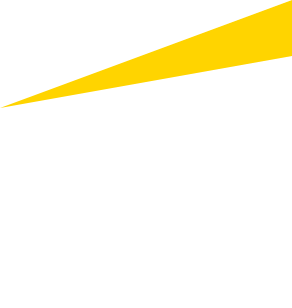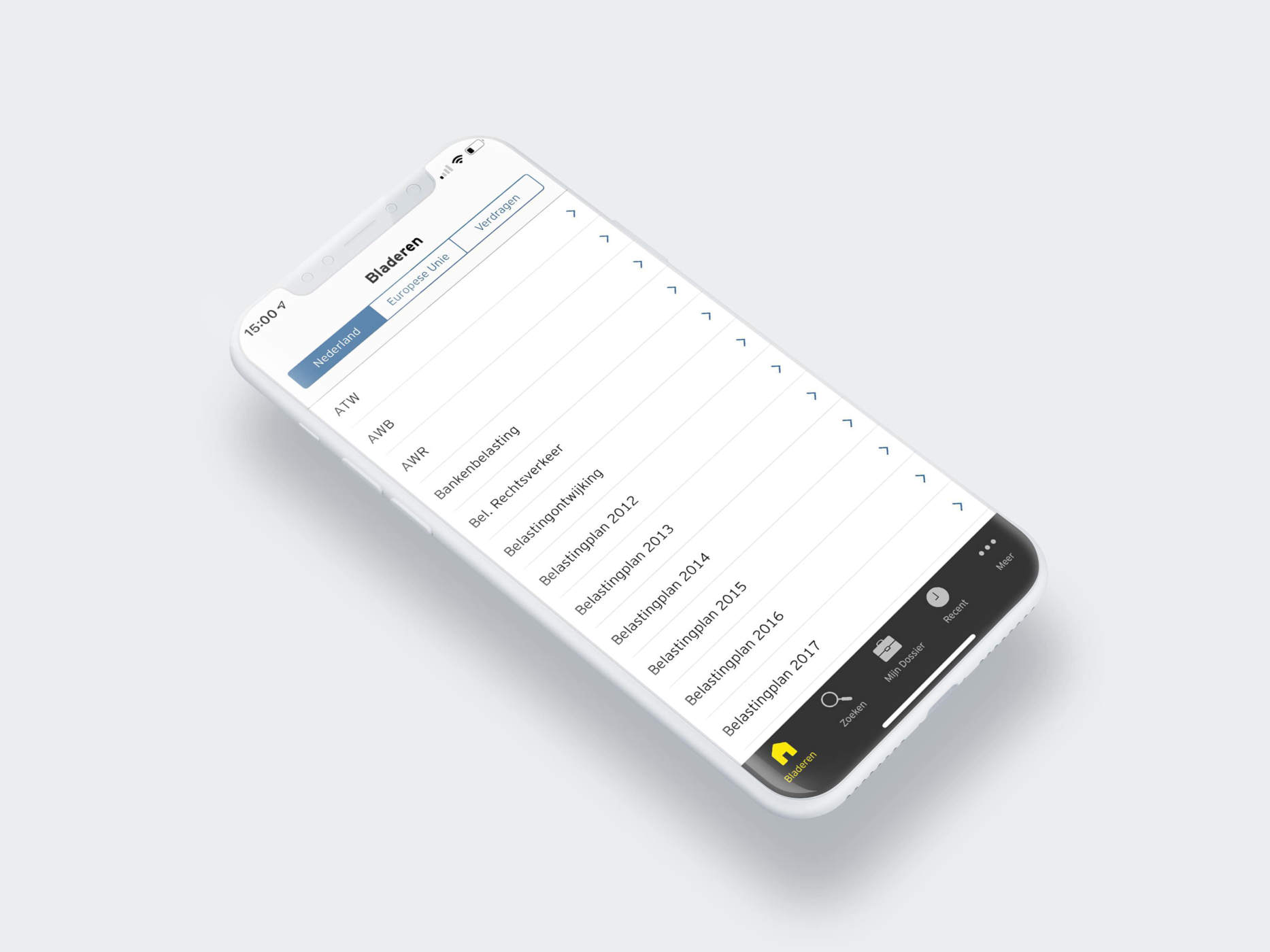1. A MULTINATIONAL ENTERPRISE (MNE) GROUP'S STANDARDIZED AND CONSISTENT EU TPD CONSISTS OF TWO MAIN PARTS: (I) ONE SET OF DOCUMENTATION CONTAINING COMMON STANDARDIZED INFORMATION RELEVANT FOR ALL EU GROUP MEMBERS (THE "MASTERFILE"); AND (II) SEVERAL SETS OF STANDARDIZED DOCUMENTATION EACH CONTAINING COUNTRY-SPECIFIC INFORMATION ("COUNTRY-SPECIFIC DOCUMENTATION"). THE EU TPD SHOULD CONTAIN ENOUGH DETAILS TO ALLOW THE TAX ADMINISTRATION TO MAKE A RISK ASSESSMENT FOR CASE SELECTION PURPOSES OR AT THE BEGINNING OF A TAX AUDIT, ASK RELEVANT AND PRECISE QUESTIONS REGARDING THE MNE'S TRANSFER PRICING AND ASSESS THE TRANSFER PRICES OF THE INTER-COMPANY TRANSACTIONS. SUBJECT TO paragraph 31, the company would produce one single file for each Member State concerned, i.e. one common masterfile to be used in all Member States concerned and a different set of country-specific documentation for each Member State.
2. Each of the items of the EU TPD listed below should be completed, taking into account the complexity of the enterprise and the transactions. As far as possible, information should be used that is already in existence within the group (e.g. for management purposes). However, a MNE might be required to produce documentation for this purpose that otherwise would not have been in existence.
3. The EU TPD covers all group entities resident in the EU including controlled transactions between enterprises resident outside the EU and group entities resident in the EU.
4. The masterfile
4.1 The “masterfile” should follow the economic reality of the business and provide a “blueprint” of the MNE group and its transfer pricing system that would be relevant and available to all EU Member States concerned.
4.2 The masterfile should contain the following items:
a) a general description of the business and business strategy, including changes in the business strategy compared to the previous tax year;
b) a general description of the MNE group’s organizational, legal and operational structure (including an organization chart, a list of group members and a description of the participation of the parent company in the subsidiaries);
c) the general identification of the associated enterprises engaged in controlled transactions involving enterprises in the EU;
d) a general description of the controlled transactions involving associated enterprises in the EU, i.e. a general description of:
(i) flows of transactions (tangible and intangible assets, services, financial);
(ii) invoice flows; and
(iii) amounts of transaction flows;
e) a general description of functions performed, risks assumed and a description of changes in functions and risks compared to the previous tax year, e.g. change from a fully fledged distributor to a commissionaire;
f) the ownership of intangibles (patents, trademarks, brand names, know-how, etc.) and royalties paid or received;
g) the MNE group's inter-company transfer pricing policy or a description of the group's transfer pricing system that explains the arm's length nature of the company's transfer prices;
h) a list of cost contribution agreements, APAs and rulings covering transfer pricing aspects as far as group members in the EU are affected; and
i) an undertaking by each domestic taxpayer to provide supplementary information upon request and within a reasonable time frame in accordance with national rules.
5. Country-specific documentation
5.1 The content of the country-specific documentation supplements the masterfile. Together the two constitute the documentation file for the relevant EU Member State. The country-specific documentation would be available to those tax administrations with a legitimate interest in the appropriate tax treatment of the transactions covered by the documentation.
5.2 Country-specific documentation should contain, in addition to the content of the masterfile, the following items:
a) a detailed description of the business and business strategy, including changes in the business strategy compared to the previous tax year; and
b) information, i.e. description and explanation, on country-specific controlled transactions. including:
(i) flows of transactions (tangible and intangible assets, services, financial);
(ii) invoice flows; and
(iii) amounts of transaction flows;
c) a comparability analysis, i.e.:
(i) characteristics of property and services;
(ii) functional analysis (functions performed, assets used, risks assumed);
(iii) contractual terms;
(iv) economic circumstances; and
(v) specific business strategies;
d) an explanation about the selection and application of the transfer pricing method[s], i.e. why a specific transfer pricing method was selected and how it was applied;
e) relevant information on internal and/or external comparables if available; and
f) a description of the implementation and application of the group's inter-company transfer pricing policy.
6. A MNE should have the possibility of including items in the masterfile instead of the country-specific documentation, keeping, however, the same level of detail as in the country-specific documentation. The country-specific documentation should be prepared in a language prescribed by the specific Member State concerned, even if the MNE has opted to keep the country-specific documentation in the masterfile.
7. Any country-specific information and documents that relate to a controlled transaction involving one or more Member States must be contained either in the country-specific documentation of all the Member States concerned or in the common masterfile.
8. MNEs should be allowed to prepare the country-specific documentation in one set of documentation (containing information about all businesses in that country) or in separate files for each business or group of activities in that country.
9. The country-specific documentation should be prepared in a language prescribed by the specific Member State concerned.




